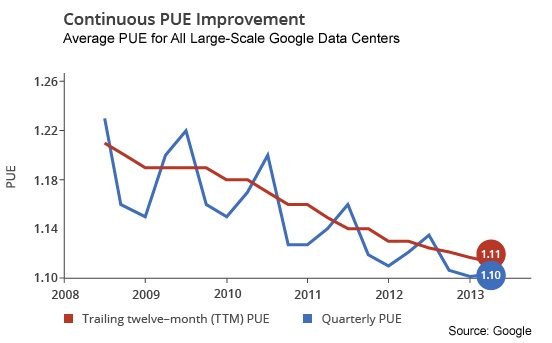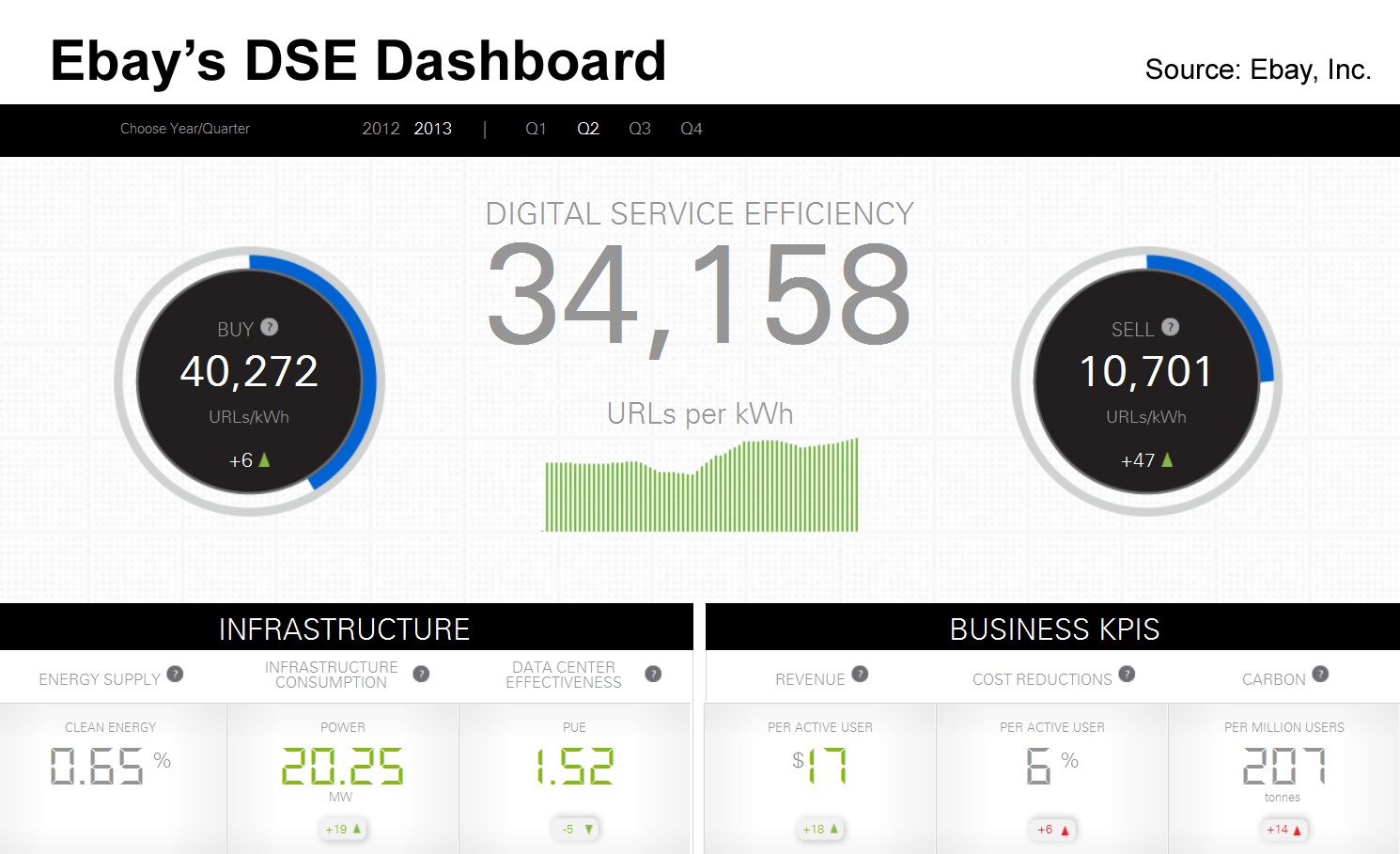PUE Standards for Energy Efficient Data Centers on the Horizon
There is much discussion in the industry on how to measure and improve the energy efficiency of data centers. Thankfully, a number of organizations and standards committees are actively developing uniform and accurate methods, including the ISO/IEC JTC 1/SC 39 Subcommittee on Sustainability for and by Information Technology, which was formed in November 2011.
ISO/IEC CD 30134-2
One of the key draft standards within the ISO/IEC JTC 1/SC 39 Subcommittee is ISO/IEC CD 30134-2: Information Technology, Data Centres, Key Performance Indicators—Part 2: Power Usage Effectiveness (PUE).
The PUE metric defined in this standard is consistent with The Green Grid white paper #49-PUE: A Comprehensive Examination of the Metric PUE. Since this original publication in 2007, PUE has become globally recognized as the preferred metric for measuring infrastructure energy efficiency in data centers. This relatively simple concept is defined as:
PUE=(Total Facility Energy)/(IT Equipment Energy)
IT Equipment Energy includes the energy associated with all IT equipment (e.g., servers, storage and network equipment) and any supplementary equipment used to monitor or control the data center (e.g., KVM switches, monitors and workstations/laptops). Total Facility Energy includes all IT equipment energy and anything else that supports the IT equipment (e.g., power delivery, cooling system, physical security and data center lighting). I highly encourage consulting Table 2 of The Green Grid white paper for a complete classification of what constitutes IT and facility equipment energy.
Both The Green Grid and ISO/IEC CD 30134-2 have adopted various levels of granularity for measuring PUE, including basic (PUE1) with monthly measurements, intermediate (PUE2) with daily measurements and advanced (PUE3) with measurements taken continuously every 15 minutes. Advanced measurements can be facilitated by using intelligent PDUs in conjunction with Data Center Infrastructure Management (DCIM) software.
PUE values can range from 1.0 to infinity where 1.0 indicates 100% efficiency and 5.0 indicates 20% efficiency. Many older data centers have a PUE of greater than 2.0, but with proper design, 1.6 or better should be achievable. Modern data centers that are optimized for cooling and IT power delivery can achieve PUE values close to 1.0.
Key Considerations
While the PUE metric can provide data center operators with a means for measuring and improving data center efficiency, it is important to take into account the many factors that can impact PUE performance, including:
- Type of processing and age of the data center and its sub-components
- Level of redundancy (i.e., Tier II, Tier III or Tier IV)
- Density of IT equipment, location of CRAC units, ventilated tiles and equipment enclosures, power distribution systems and containment systems
- Temperature and humidity levels
- Type of cooling
PUE performance is a measure of the per unit energy costs and does not necessarily correlate with the total energy usage of a data center. For example, a data center’s total energy usage may go down when power loads for IT devices go down, but if the cooling capacity and the infrastructure energy do not scale down proportionally, the PUE goes up and the energy efficiency worsens.
Great Strides
Two great examples of efficient data centers include Google’s continuous improvement in PUE and Ebay’s dashboard.

As demonstrated on their data center efficiency web page, Google’s trailing 12-month PUE performance for their worldwide fleet of data centers is 1.1. Their web page also includes links to examples and guidance for achieving this level of PUE.

An excellent example that provides a measure of the useful work done for the amount of energy expended is Ebay’s digital services efficiency (DSE) dashboard, which measures key performance indicators for performance, cost, environment and revenue. Updated each quarter, Ebay’s dashboard for Q2 2013 shows a PUE of 1.52 for more than 34,000 URLs.
With The Green Grid and ISO/IEC JTC 1/SC 39 continuing to develop methodologies for measuring key performance indicators and improving data center efficiencies, and worldwide interest among major equipment vendors and data center operators like Google and Ebay to develop innovative measurement tools, I believe we will see significant strides being made in the industry.
